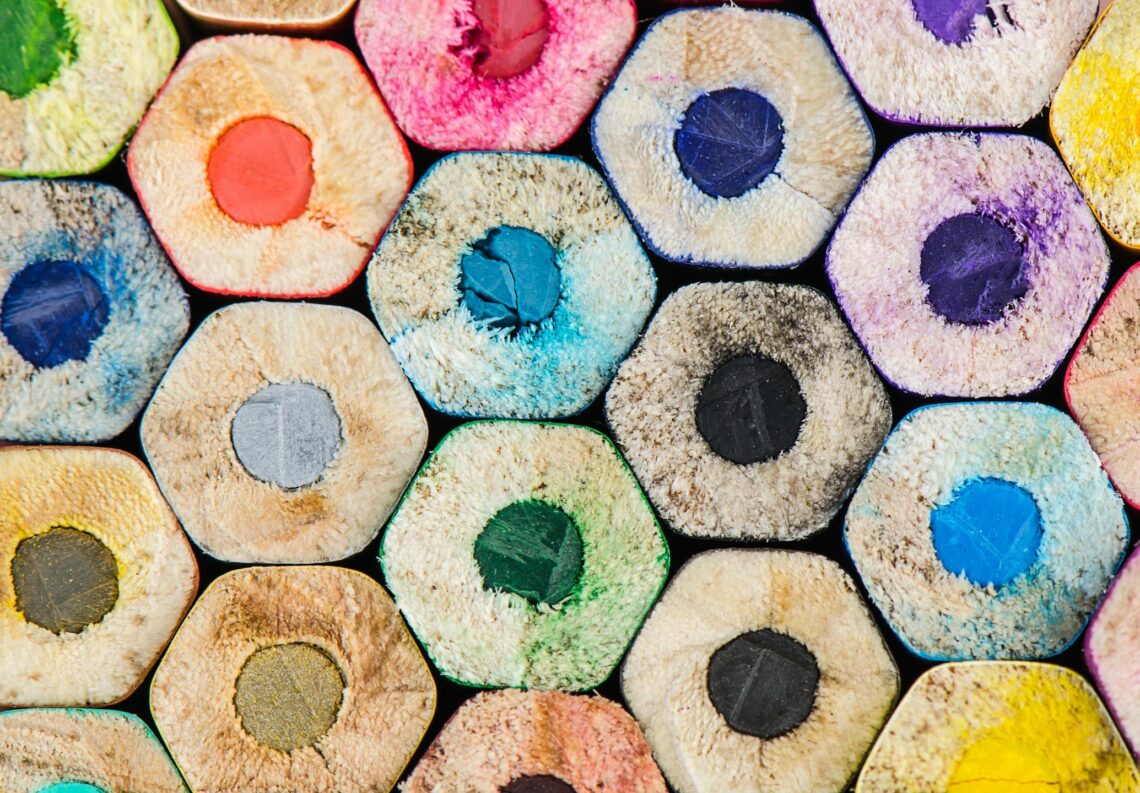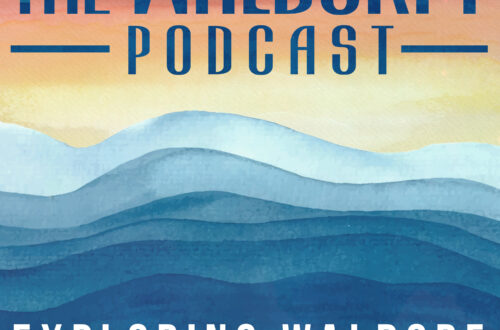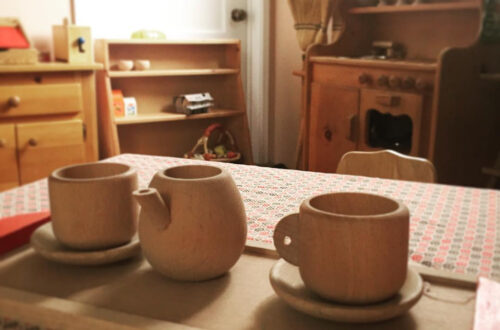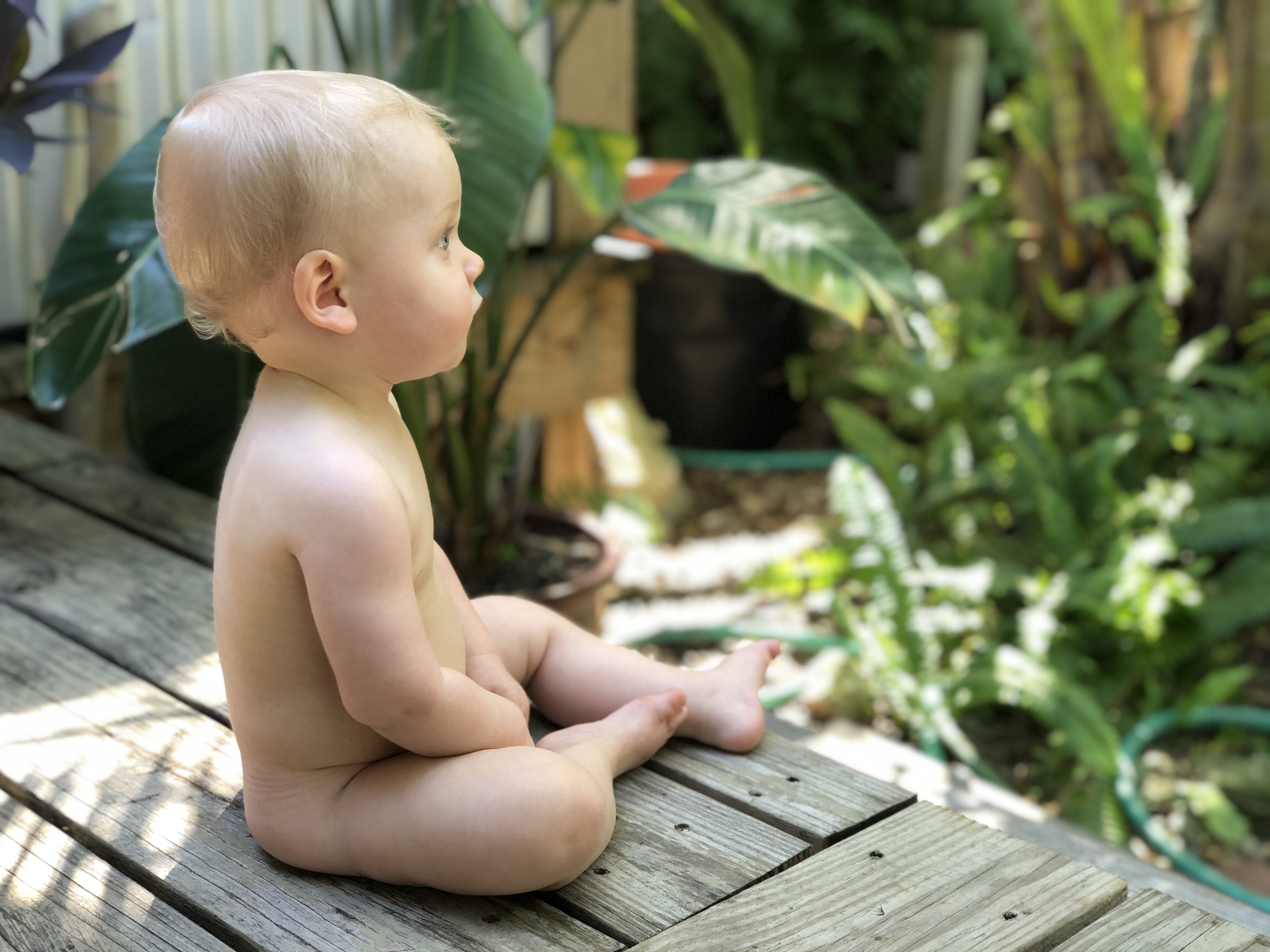
Art and Waldorf Education
As a child art surrounded me. I grew up a child attending a Waldorf school. Art was part of my everyday. It was something to enjoy, something to participate in, and a way to connect with whatever I was learning. Ask many Waldorf students and they’ll tell you the way they learned to remember something such as times tables or the days of the week has a connection with colors, a song, or movement. What was Steiner’s intention in creating so much room for art in Waldorf Education? How do our brains make connections through art? Why is it beneficial to provide space for art in a child’s education? As I researched this post I realized the answers to these three questions is a lot richer than something beautiful to experience looked at from afar.
What was Steiner’s intention incorporating art into Waldorf education? Steiner observed that humans were three fold beings: thinking, feeling, and willing. Within Waldorf education these functions are best understood as head, heart, and hands. Thinking is what a traditional education typically focuses on. Attention is almost solely on cultivating the mind. Throughout the Waldorf approach to education all three qualities are developed. The heart is connected with feeling. This is the most important part of answering the question of why art is so integral to the Waldorf approach to education. When a child is painting, drawing, or using other mediums to create, they experience joy. Through that joy a child participates and experiences what they’re learning. They learn more effectively and enjoy the process more. Steiner’s intention was that all kinds of artistic modalities be utilized across all subjects. Steiner also observed what occurred when children work using their hands. I have a particular memory of the huge sense of accomplishment at age seven when I finished my first knitting project, a small white cat with a red ribbon and bow tied around it’s neck. It brought me so much joy. This sense of accomplishment cultivated my will power. Now as an adult I can reflect on the intention behind my experience. When I started the next project I was more focused, and had more patience, not qualities that were natural for me as a small child. Through his observation Steiner realized that art and creativity were at the center of bringing joy and happiness to the learning process. When children feel joy they connect better and learn better.
How do our brains make connections though art? There is interesting research showing how our brains react to art neurologically. Using transcranial magnetic stimulation, or TMS, neurologists looked at ten individuals reacting to an image on the ceiling of the Sistine Chapel. In the image Michael Angelo depicts Adam rejecting an angel’s sword. In the image Adam’s wrist is bent back in an awkward contortion, evoking a feeling I can only describe as forcefully uncomfortable. The researchers discovered a reaction in the brain directly corresponding to where the individual’s wrist function is controlled. Consequently, how does this suggest we experience art? It will be interesting to see how much science will uncover in this area. The way I see it, this information gives us great insight into how a child’s brain can fire up for learning. I’ve heard that the more senses you use, the better or more thoroughly you’ll be able to grasp what you seek to learn. If by just looking at art one’s brain can react in a way that physically connects to the body, what happens when we’re actually creating art? How impactful it must be for a child to actually experience what they’re learning through their own artistic expression. This must be especially the case during free play.
What is the benefit of providing children with art education? Particularly interesting to me is how the developing child’s brain is impacted by art education. Free creative play is really our first artistic expression. It develops all aspects of a child’s brain by fostering imagination, creativity, problem solving skills, emotional wellbeing and cognitive development. There is overwhelming evidence supporting the benefits of free play for children. This play connects with sharing and expressing in the classroom. Through art a child’s emotional wellbeing and self confidence can thrive. In his feature article, How the Arts Develop the Young Brain, former school superintendent and author of the book, “How the Brain Learns”, David Sousa states:
“Studies consistently show the following in schools where arts are integrated into the core curriculum: Students have a greater emotional investment in their classes; students work more diligently and learn from each other; cooperative learning groups turn classrooms into learning communities; parents become more involved; teachers collaborate more; art and music teachers become the center of multi-class projects; learning in all subjects becomes attainable through the arts; curriculum becomes more authentic, hands-on and project-based; assessment is more thoughtful and varied; and teachers' expectations for their students rise.”
When I read this I reflected on how this completely encompasses my experience of education in a Waldorf setting. I loved participating in my classes. I truly learned to love learning through art being incorporated so richly in my educational experience.
What I find interesting about all of this is how spot on Steiner was. He observed children as human beings, and what would help them to realize their full potential. He brought the idea of art in education to fruition. Now studies are showing us how effective this is. It does make one wonder, what else is there to be realized about his observations? Will there be more research proving his ideas? Only time will tell.




2 Comments
waldorfy
Waldorfy family, I was having trouble adding a footnote in this wordpress post for the study I refererenced in the third paragraph. If you want to check it out the link to the study is: https://www.ncbi.nlm.nih.gov/pmc/articles/PMC5091056/
Pingback: